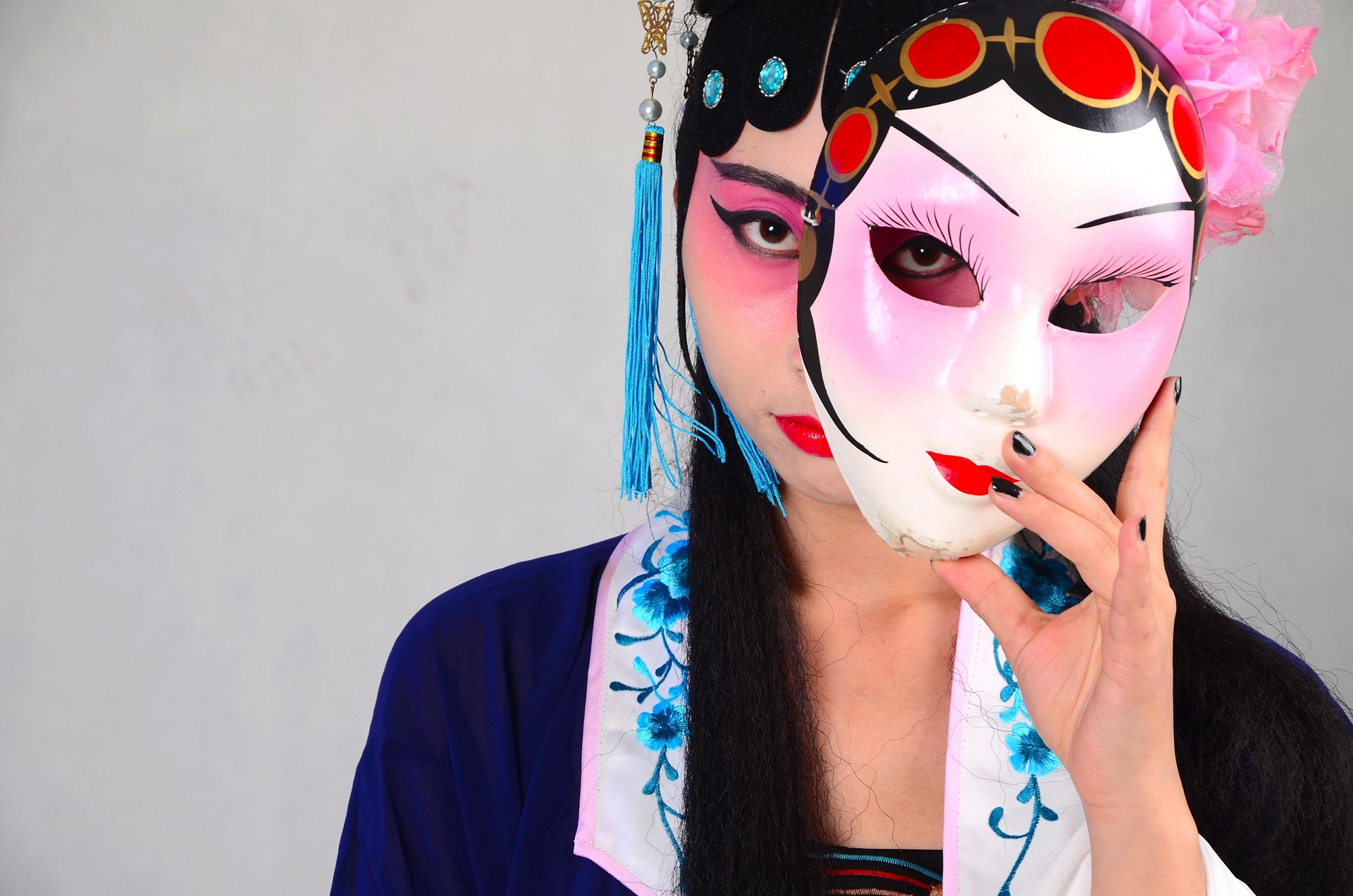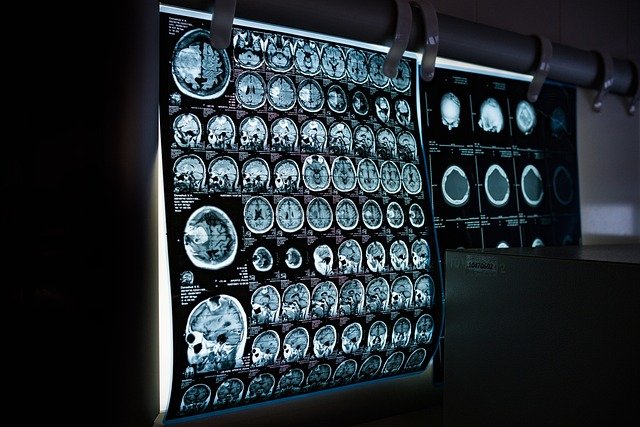Blurring the Lines: Animation's Leap into the Realm of Fine Art
Animation has long been relegated to the realm of children's entertainment. However, recently, this art form has been challenging traditional notions, blurring the lines between high art and popular culture. The medium is gaining recognition for its artistic merit, with exhibits in prestigious galleries and museums worldwide.
Animation’s Historical Backdrop: A Medium for the Masses
Animation has a rich historical tapestry that extends far beyond the realm of Saturday morning cartoons and Disney classics. The earliest forms of animation can be traced back to prehistoric cave paintings, where sequential images depicted scenes of hunting and gathering. However, the medium gained significant traction in the late 19th and early 20th centuries, with pioneers like Émile Cohl and Winsor McCay laying the groundwork for what we now recognize as traditional animation. Despite the medium’s rich history and the craftsmanship involved in creating these works, animation has long been dismissed as mere children’s entertainment or commercial art.
Bridging the Gap: Animation’s Current Evolution
Fast forward to the present day, and animation is shaking off its old shackles. Prominent animators and artists are pushing the boundaries of the medium, exploring themes of identity, politics, and existentialism. In 2021, the Museum of Modern Art in New York displayed a collection of animated shorts titled “Animating Ideas,” showcasing the medium’s ability to tackle complex ideas and narratives typically associated with fine art.
The Impact and Reception: Animation as Fine Art
This shift in perception has sparked an interesting dialogue in the art world. Some traditionalists argue that animation, by its very nature, is mass-produced and therefore lacks the individual touch that characterizes fine art. However, many argue that this ability to reach a wider audience is a strength, not a weakness. Animation’s accessibility allows it to transcend socioeconomic barriers, making art accessible to people who might not typically engage with more traditional forms. The medium’s increased presence in art galleries and museums is testament to its growing acceptance in the art world.
The Future of Animation: A New Creative Frontier
As the lines between high art and popular culture continue to blur, the future of animation looks promising. With advances in technology and a growing acceptance of the medium’s artistic potential, animators are poised to push the boundaries even further. The possibilities are endless: from immersive VR experiences that combine animation with interactive elements, to animated installations that challenge viewers’ perceptions of space and reality.
In conclusion, animation is no longer relegated to the realm of children’s entertainment. It has evolved into a sophisticated medium capable of expressing complex ideas and narratives. As we venture further into the 21st century, animation promises to continue this exciting foray into the realm of fine art, challenging traditional notions and offering a fresh, accessible perspective on artistic expression.




